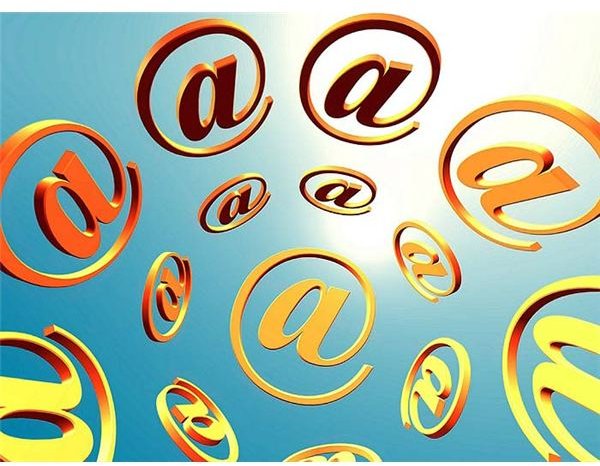Don't Be Fooled by these Pranks! Top Computer Viruses Hoaxes to Ignore
Invitation Virus
This computer virus hoax started in 2006. It was an email that warns you not to open up any messages that contain the word “Invitation” in the subject line or your computer will be infected by a virus. Other variations of this have been created that simply replaced word “invitation” with another phrase. In 2007 it was “Merry Christmas. 2009 emphasized the “Black in the White House” phrase, while in 2010 “Gordon Brown Smiling” became the latest incarnation.
Budweiser Frog Screensaver
This hoax originated in 1997 and is still in circulation today. Basically it arrives as an email message that tries to influence you into thinking that the Budweiser Frogs screensaver is infected with a virus. It would further state that your computer hard drive would crash or cause other technical problems. However this is completely false. The Budweiser Frog screensaver is legitimate and does not contain any viruses.
Mobile Phone Virus
This was an internet warning in 2002 that claimed cell phone users could have their IMEI/IMSI information and SIM card erased if they answer any calls that show “ACE” or “XLALAN” in the display. The claim further said their statement was verified by Motorola and Nokia. These statements are false and no confirmation by these companies has been given to back it up.
Got You!
Don’t be fooled by this computer virus hoax. Starting in 2003, people have received an email that states that your computer is infected by a dangerous worm as the result of you opening the message. The email further claims it was a payback action for infecting their computer with a virus. It also tried to legitimize itself by leading you to believe it was from a cash transferring company called Evocash.
JDBGMGR.EXE (Bear Virus)
This hoax started in 2002. It is a false email warning that states a virus can be transmitted through MS Outlook email program. It claims that it can go through your email address and destroy your computer system in 14 days. The email goes further to give you instructions on how to remove this “virus.” The JDBGMGR.EXE file is actually a Java Debug Manager program. If it is removed, it will not cause any damage to your computer. It will only affect computer programmers who are coding in Java. (The file will need to be reinstalled.)
Life is Beautiful PowerPoint
This 2002 email virus computer hoax warns you not to open up a PowerPoint file called “Life is Beautiful,” or risk losing all data in your PC. While this particular warning is false, PC users should be wary that PowerPoint files can potentially contain viruses.
Hackers List
The origin of this hoax started in 1998. An email would be received and state that your AOL or MSN screen name has been added to a “hackers list.” The message would try to convince you to forward the email to ten people, or you would be continually messed with by hackers.
WTC Survivor
Taking advantage of the sensitivity of 9/11, this computer virus hoax email tries to scare you into thinking your C drive will be erased if you open up any message that has “WTC survivor” in the subject line. It began in 2001 and has continually repeated itself every year since then.
